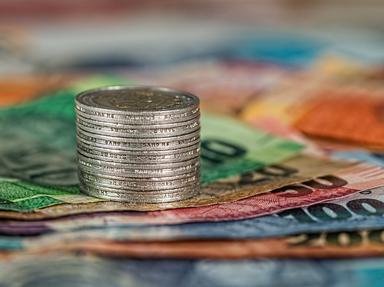Quiz Answer Key and Fun Facts
1. In which year was the first Australian One Pound note released by the Federal Government? It might be a little later than you think!
2. What was the smallest denomination pre-decimal bank note issued by the Commonwealth of Australia and released into circulation?
3. Decimal currency was introduced into Australia on February 14, 1966. Which of the following notes was NOT issued at that time? Caroline Chisholm had to wait another year before appearing in public on that note.
4. Since decimalization, the Australian currency has been the Dollar. However, what name, reflecting his personal inclinations towards England, was proposed by then Australian Prime Minister, Sir Robert Menzies?
5. Which Australian bank note, withdrawn from use in 1988, featured wool and wheat?
6. What is a common theme featured on the $20 note released on 14 February 1966 and its replacement, released on October 31, 1994?
7. As part of the bicentenary celebrations in 1988, Australia released a new $10 note. What was unique about this note at that time?
8. What is a major reason for the difference in physical size of the polymer Australian decimal bank notes?
9. What was the most prominent new security feature on the $5 note introduced in September 2016?
10. What was the highest denomination bank note issued as legal tender during the first fifty years of decimal currency use in Australia? A batsman in cricket gets a standing ovation with this number of runs!
Source: Author
MikeMaster99
This quiz was reviewed by FunTrivia editor
WesleyCrusher before going online.
Any errors found in FunTrivia content are routinely corrected through our feedback system.
